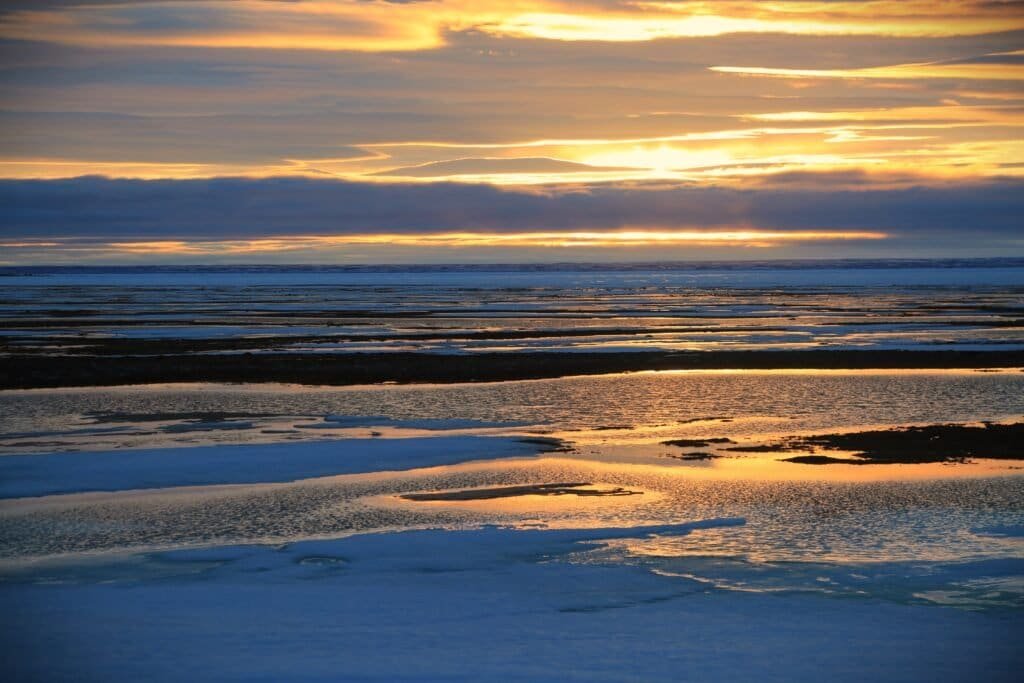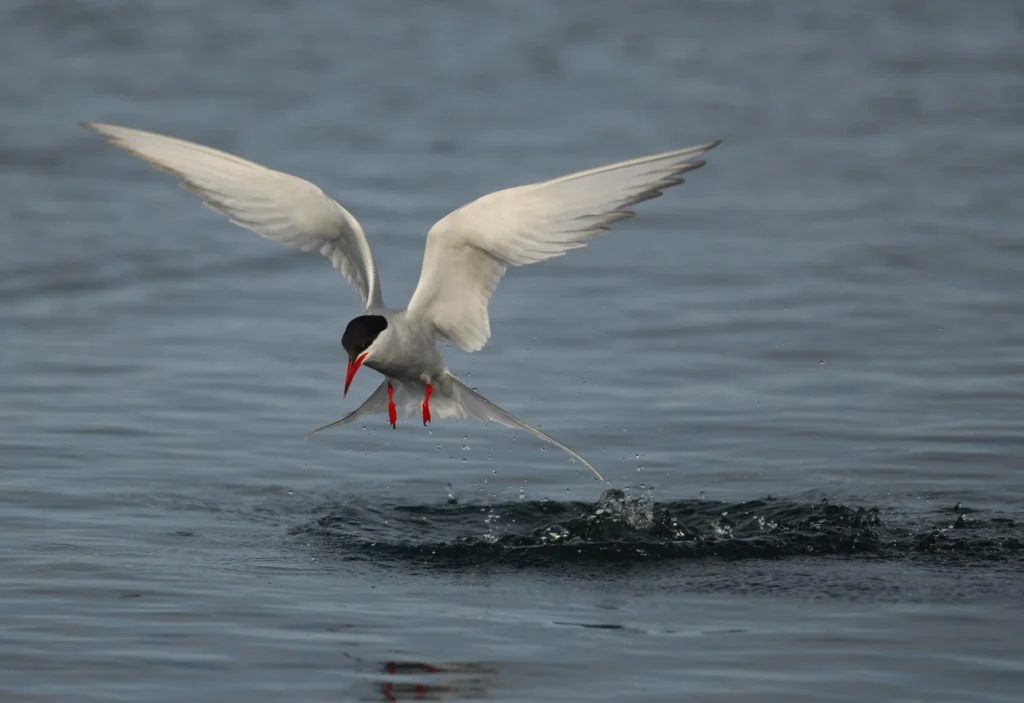The East Bay Mainland field site (65.081°N x 22.748°W) lies within the Qaqsauqtuuq Migratory Bird Sanctuary, on Southampton Island at the northern mouth of Hudson Bay (N63° 59’ W81°40’). Habitats at the site include low-lying coastal wetlands, raised beach ridges and numerous ponds. The site has been recognized as an important breeding area for birds since the designation of the bird sanctuary in the 1950s.

When studies of waders began at the site in 2000, Qaqsauqtuuq had the highest breeding densities for ruddy turnstone known in their range (14-18 birds/km²; Perkins, et al. 2007), as well as high numbers of red phalaropes (up to 36 birds/km²; Dickie, et al., 2014). Ongoing monitoring has documented steep declines in the abundance of waders at this site, and Inuit from the nearby community of Salliq report decreases in waders across Southampton Island. For Seatrack, the East Bay Mainland site is contributing tracking data for Arctic Terns. At least 25 pairs of Arctic Terns breed in coastal areas within hiking distance of the camp.


Seatrack partner

Paul Allan Smith
Carleton University
Data availability


